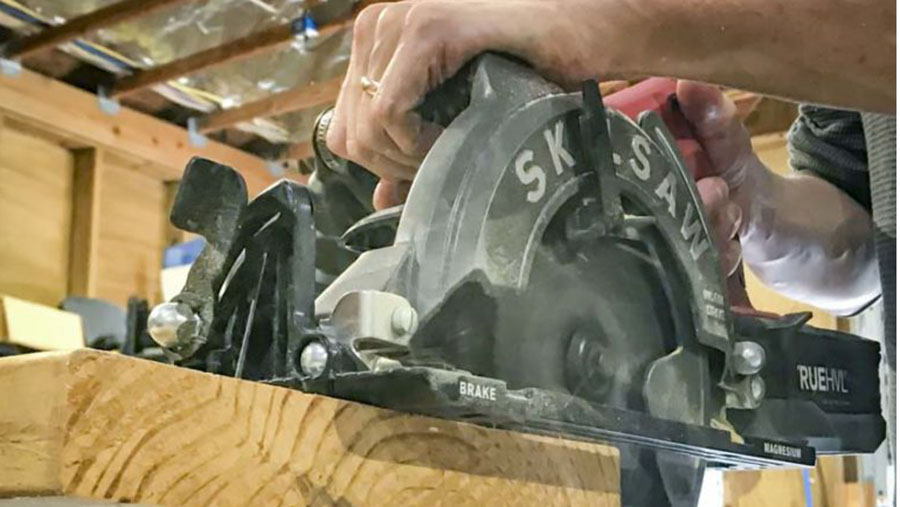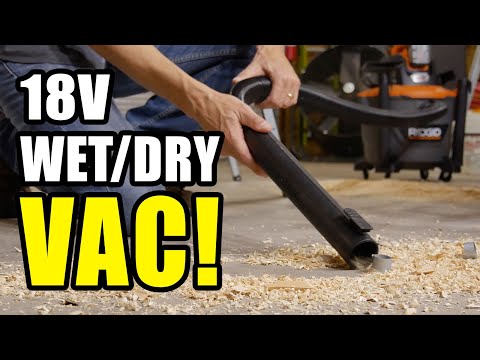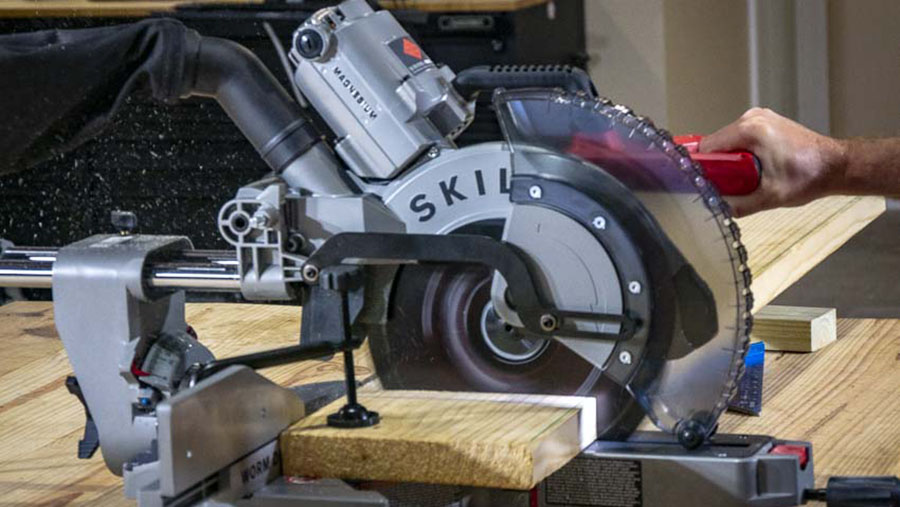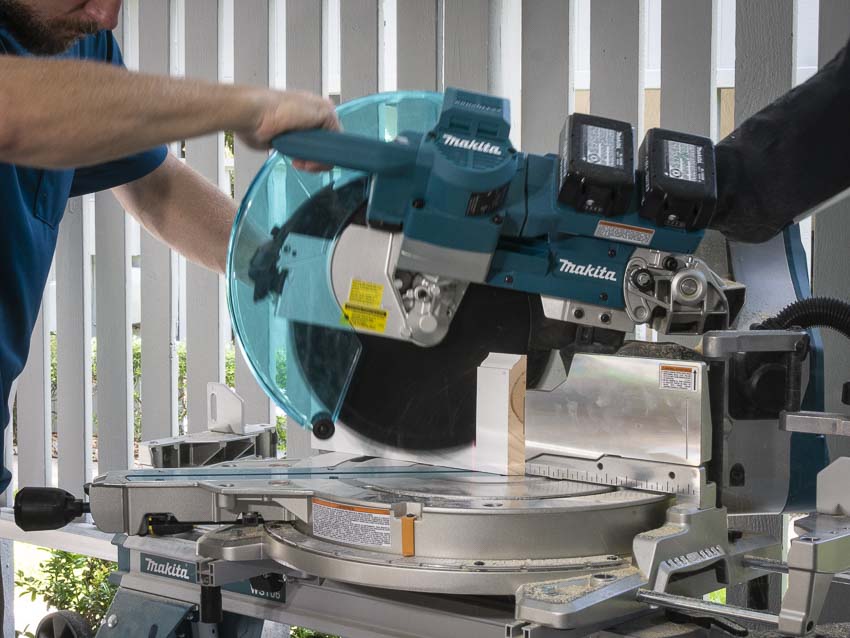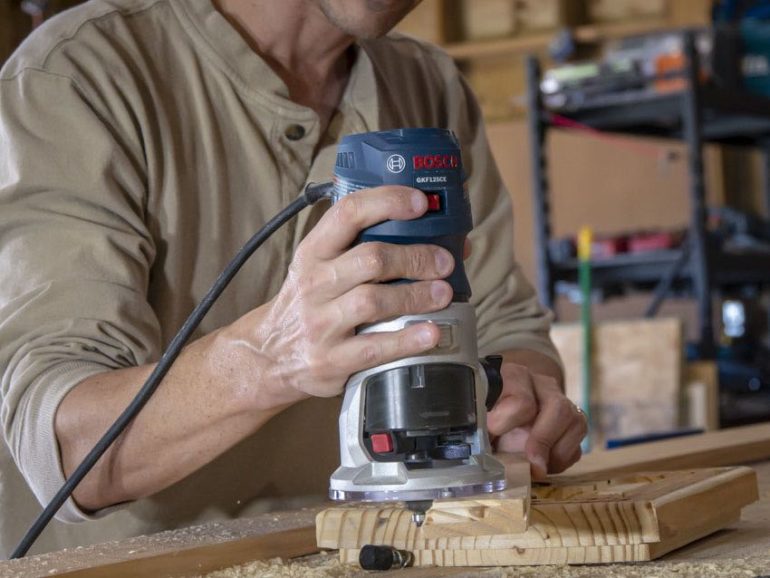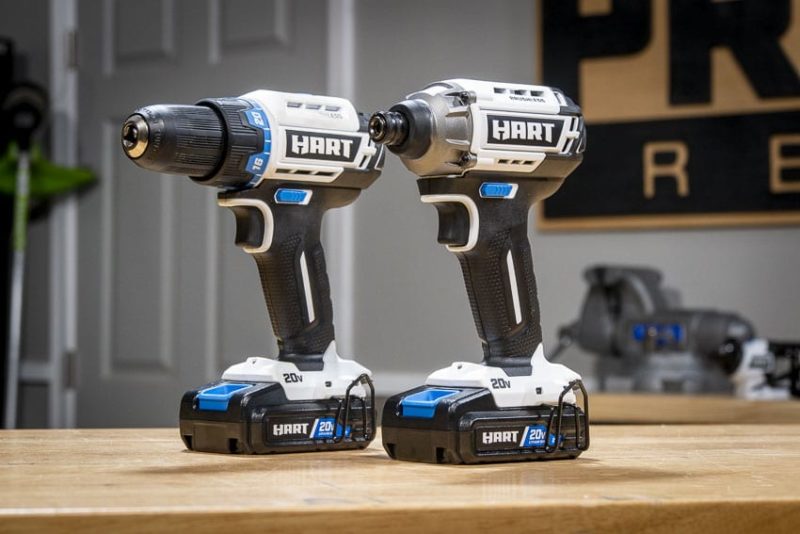Spyder Tools has a couple of new expansions to their cutting accessories lineup. The new Spyder circular saw blade boasts the same kind of premium features we see from Diablo, Milwaukee, and other premium manufacturers.
10-Second Summary
- 7-1/4″ blade diameter
- 5/8″ arbor with diamond knockout
- Nickel-cobalt blend tungsten carbide teeth
- ATB tooth geometry
- Stabilization vents
- Anti-friction coating
- $9.99
Get to Know the Spyder Circular Saw Blade
The big deal for Spyder is breaking into the circular saw blade market in the first place and it looks like they’re off to a great start. The 7-1/4″ blade can handle up to 10,000 RPM for standard wood-cutting applications. It also has a diamond knockout for worm drives.

Sink Your Teeth In
All of the standard features we look for on a premium blade are present. Its 24 teeth are a tungsten carbide blend with nickel and cobalt as part of it. Nickel’s properties help improve the hardness and offer some additional corrosion resistance. Cobalt adds wear resistance, strength at higher temperatures (though tungsten carbide is pretty effective at cooling already), and more corrosion resistance.
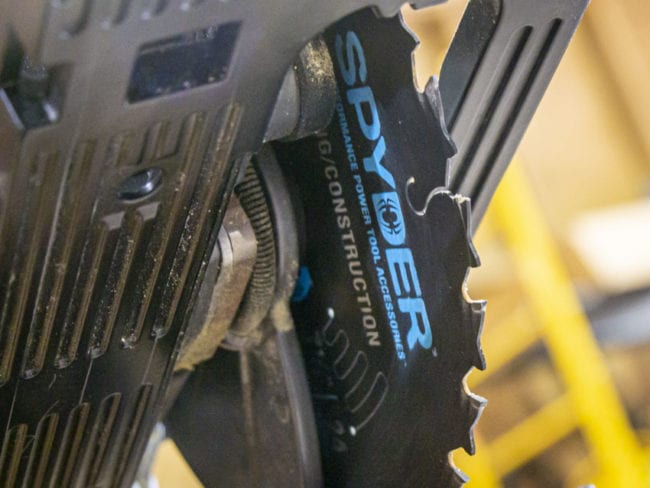
Most manufacturers keep their specific tungsten carbide blend recipes a secret. However, there’s a good chance any premium framing blade’s teeth have both nickel and cobalt in them.
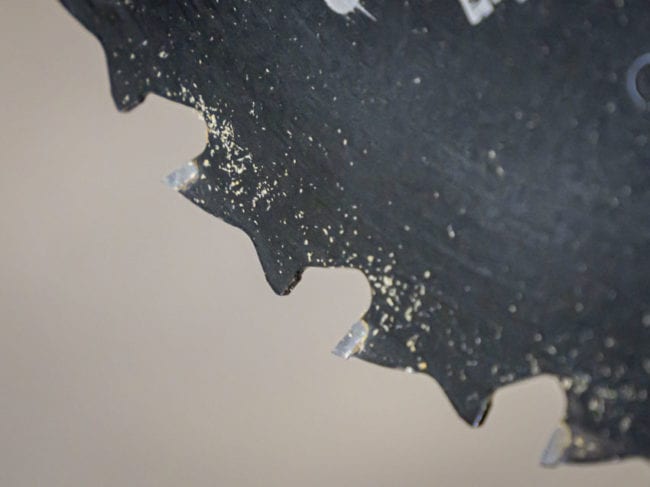
Each Spyder circular saw blade uses an ATB tooth geometry—Alternate Top Bevel. The teeth alternate between left and right-beveled geometry. It’s a pretty standard configuration on framing blades. Sometimes you might see a raker (ATBR) tooth in between as an upgrade, similar to what Diablo’s Tracking Point blades have.
A Stable, Low-Friction Relationship
For stability, Spyder cuts stabilization vents with a polymer filler to help kill any vibration. One way to quickly check how well it works is to simply tap it with something metal and listen to how long it takes for the vents to stop the sound. Compared to a some blades, Spyder does a much better job killing the vibration quickly, though I noticed that Diablo deadens it a little quicker. Still, it’s a big advantage over most stock and cheap replacement blades.
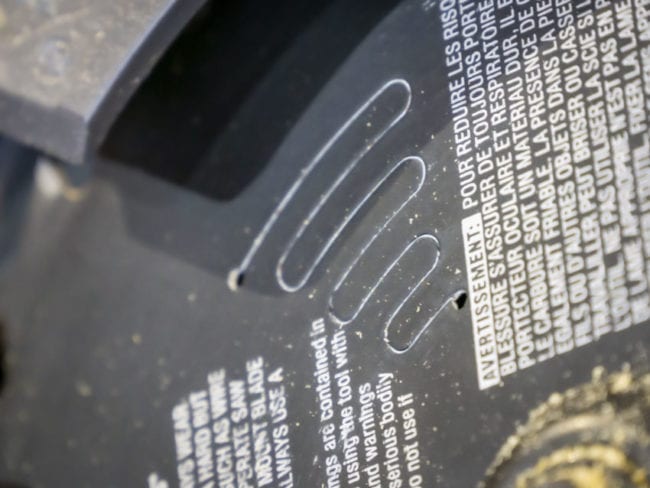
The low-friction coating is what some folks mistake as mere paint on a blade. This coating helps to keep the blade from gumming up thanks to heat buildup and the resins that exist in wood. You’ll see it smear over time with any blade that uses it. Like its competitors, Spyder’s coating helps the blade glide through its cuts well and allows the RPMs to stay higher, resulting in a faster cut.
Price
Expect to pay around $10 for this blade—right on par with Diablo. We’ve seen them recently at Lowe’s for $6.97, so keep your eyes open and stock up if you catch them on sale.
Final Thoughts
It’s still early days for us, but the cutting performance we’re seeing so far is on par with what we expect from other blades in this price range. It’s definitely worth picking up a few and giving them a shot on your next job.
